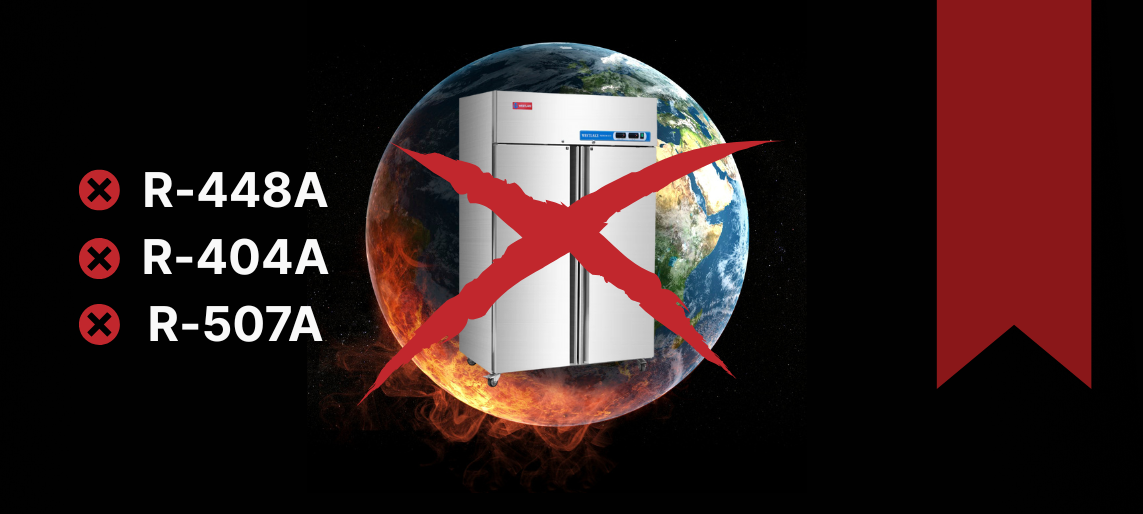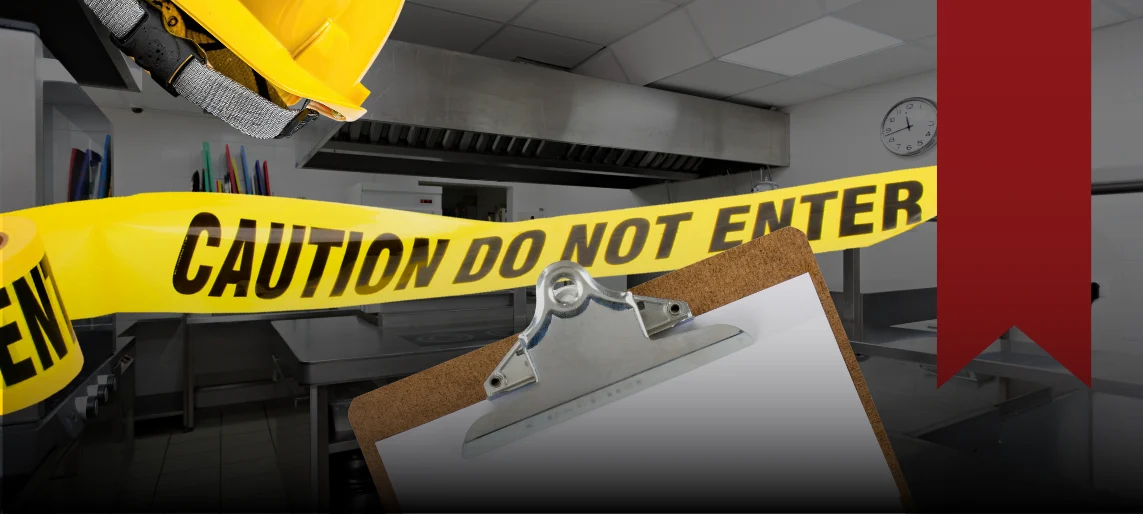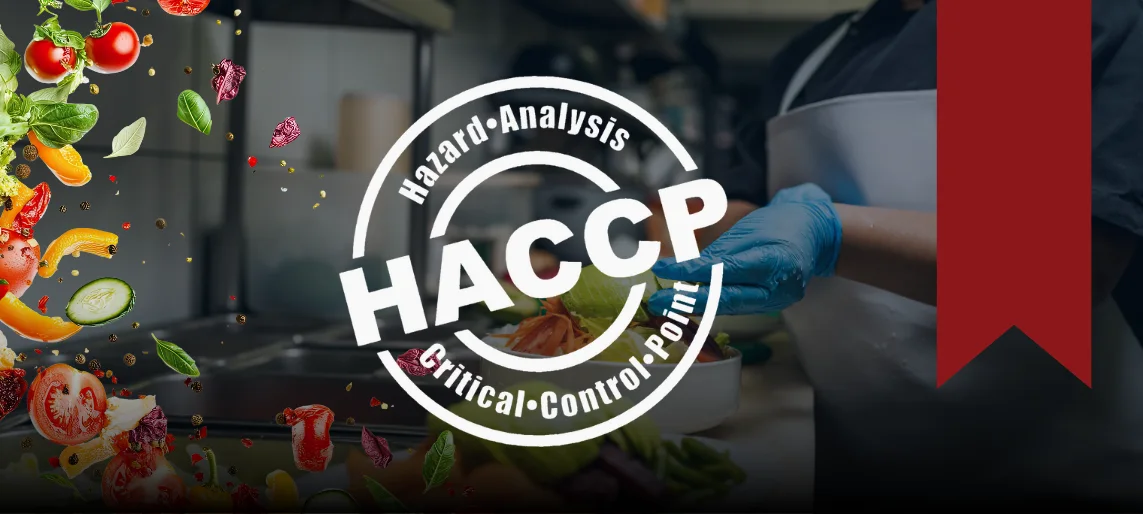
Summary
If your facility uses or is planning to purchase new commercial refrigeration equipment, there’s a major regulatory shift coming that you can’t afford to ignore. The U.S. Environmental Protection Agency (EPA) is phasing out high-global warming potential (GWP) refrigerants, and this will directly impact foodservice operations in restaurants, hospitals, VA facilities, correctional institutions, schools, and military kitchens.
🧊 The New Rules: A Quick Overview
Under the EPA’s Technology Transitions Rule, issued through the American Innovation and Manufacturing (AIM) Act, the use of certain refrigerants—like R-448A, R-404A, and R-507A—will be banned in most new refrigeration systems due to their high environmental impact.
Here’s what operators need to know:
✅ Key Compliance Deadlines:
• January 1, 2025: No new stand-alone (self-contained) commercial refrigeration equipment using refrigerants with a GWP over 150 may be manufactured or installed.
• January 1, 2026: No new remote condensing units or refrigeration systems using refrigerants with a GWP over 150 may be installed.
• December 31, 2025: Any equipment using phased-out refrigerants must be fully installed and operational by this date to remain compliant.
📎 View the EPA’s Official Rule Summary > https://www.epa.gov/system/files/documents/2023-10/technology-transitions-final-rule-fact-sheet-2023.pdf
❗ What This Means for Your Kitchen
If you’re building a new kitchen, upgrading equipment, or planning major maintenance in 2025 or 2026, you need to act now. Many common models of refrigeration units will be redesigned—or discontinued altogether—to meet the new requirements.
Affected Equipment Includes:
• Reach-in and undercounter refrigerators/freezers
• Ice machines
• Walk-in coolers and freezers
• Blast chillers
• Refrigerated prep tables and chef bases
Many of these systems currently rely on high-GWP HFCs, which will no longer be allowed in new installations under the law.
🔧 What You Should Do
To avoid delays, compliance issues, or wasted investments, take these steps now:
1. Review the refrigerants used in any new or planned refrigeration equipment.
2. Ask manufacturers or dealers if quoted models use A2L low-GWP refrigerants that meet the new EPA standards.
3. Verify installation timelines—any equipment that installs after January 1, 2026 must already be using compliant refrigerants.
4. Train your maintenance team or contractors on safe handling of A2L refrigerants, which have different flammability and service considerations.
💡 Why It Matters
Beyond compliance, choosing the right refrigerant today helps reduce your environmental footprint and supports long-term sustainability. A2L refrigerants have much lower GWP ratings and are becoming the new standard in commercial refrigeration.
Failing to plan ahead could mean:
• Cancelled or delayed installations
• Inability to legally operate certain systems
• Increased long-term costs for retrofits or replacements
⸻
🏁 Bottom Line
The refrigerant you choose today impacts your compliance tomorrow. If you’re building, renovating, or replacing refrigeration systems, you need to ensure your equipment is A2L-ready and EPA-compliant.
Stay ahead of the regulations—and keep your kitchen running smoothly.











